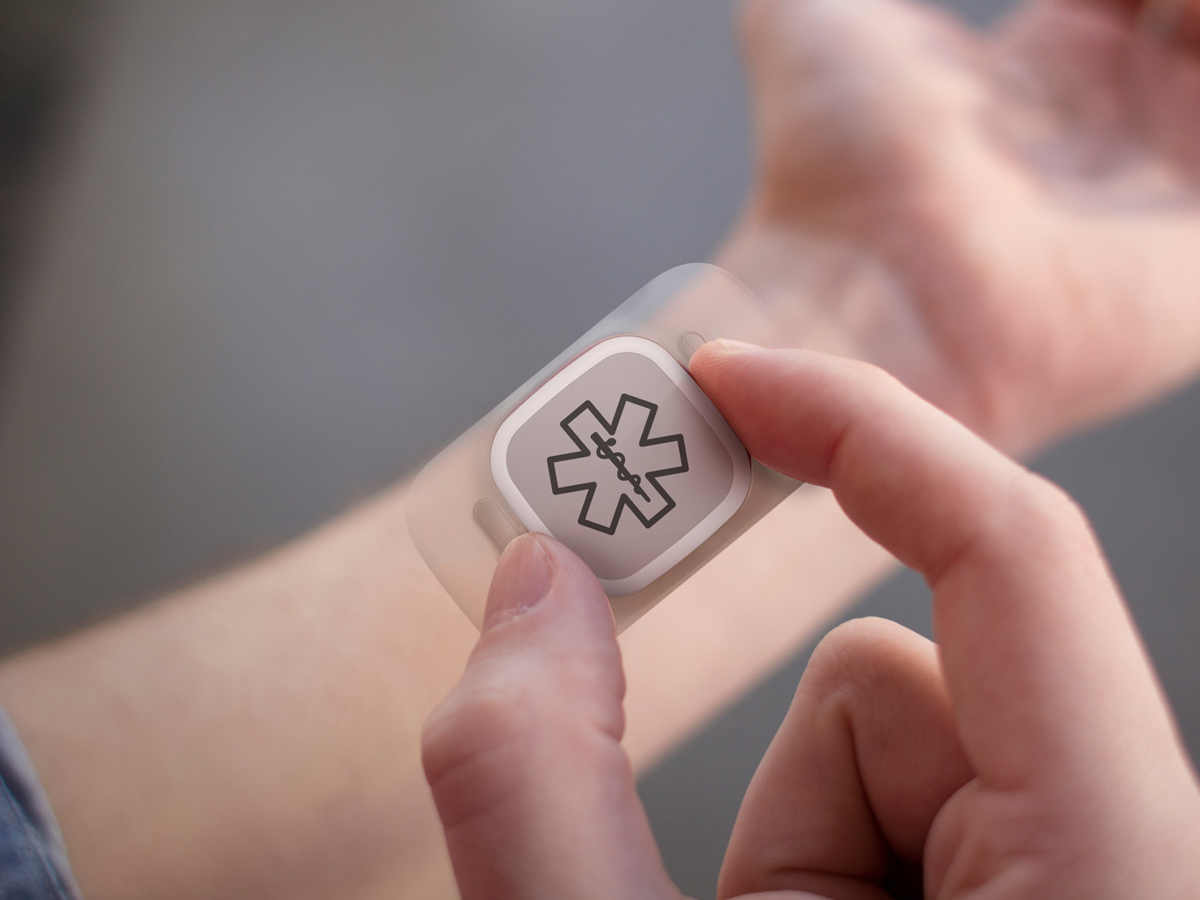The majority of people born before the 1900 year haven’t lived past 50 years of age. In the 20th century, life expectancy increased dramatically. Today, the life expectancy is over 80 years in several developed countries.
For over 85 years, people have been estimated to comprise about 8% of the total world population. Furthermore, the cost of health care continues to rise, and expect a large number of health care that could stress the health care systems of several nations.
Although it’s welcome news that increases life expectancy, living to a good old age. There won’t be any means without a good quality of life. Old, diseased or disabled poor senior citizens create burdens for home and caregivers. It increases the health care cost and insurance for the entire population.
The one way to maintain a good quality of life for the elderly is to find efficient and inexpensive methods to monitor their health. Doing so makes it take preventive measures to combat diseases and treat diseases and ailments before it becomes difficult and expensive to handle.
The following adds a partial list of steps that have been taken to increase life expectancy:
- It reduces the transmission of infectious and parasitic diseases.
- They immunize against polio, smallpox, measles, and major childhood diseases.
- Supports improving living conditions by offering clean water and nutritious diets.
- It offers health awareness and education to minimise exposure and other health risks. It includes toxic substances, alcohol, smoking, poor diet, with lack of exercise.
- It includes funding the developmentof advanced drugs to fight and treat diseases.
- It provides health monitoring, injury control and health management.
The last item, “offer health monitoring, health management and injury control”, uses modern CAD-related technology that forms wearable medical devices and focuses on this article.
In the article, we’ll get answer these questions:
- What are wearable medical devices?
- In what ways are wearable used in medical devices CAD-related?
- Which wearable medical devices are commonly used?
- What trends are likely to use wearable medical devices?
What are Wearable Medical Devices CAD Design?
Wearable medical devices are biosensors attached to the body to monitor physiological data. It usually uses remote or wireless communication. As these devices are wearable, they provide 24/7 medical data to physicians that help to deliver easy health care.
Examples:
- A small shirt worn by athletes to measure heart rate offers vital physiological data that is analyzed and used for training.
- A pulse oximeter is mainly worn on a finger to measure pulse rate and blood oxygen saturation reliably.
- Wearable blood pressure monitors the arm’s worn to measure blood pressure and heart rate.
IN WHAT WAYS ARE WEARABLE MEDICAL DEVICES CAD DESIGN-RELATED?
One essential role that CAD technology plays in creating wearable medical devices includes Additive Manufacturing or 3D printing wearable items. Let’s say a Swedish company, Decomed Design, works with CAD engineers, designers, IT professionals, and physicians to create stylish 3D printed wearable medical devices called an Akufeel bracelet.
The bracelet comes with an anti-nausea device worn on the wrist. The device offers pressure to an acupressure point from the inside of the wrist to relieve nausea symptoms. It could arise due to pregnancy, motion sickness, the flu, side effects of medication, etc.
With the stylish nature of the bracelet, the wearer could be happy to add adornment to their attire while enjoying an improved life quality.
Additive Manufacturing mainly creates wearable medical devices in shoes, vests, hearing aids, implants, prosthetics, and more.
WHICH WEARABLE MEDICAL DEVICES ARE IN MOST COMMONLY USED?
The majority of easy to design wearable medical devices could measure activity and exercise. It includes calorie-burn rate, heart rate, blood pressure, or distance walked. Also, wearable computers, smartwatches, and smart clothing provide measurements. One needs to have an interest in building sophisticated wearable medical devices. These devices help monitor complicated physiological functions such as brain activity, EKG, glucose levels, hydration, oxygen level, temperature, sleep, and several other vital functions. The scope of this article provides an exhaustive list of wearable medical devices. It’s worthwhile to name a few of them.
Zephyr® manufactures a bio-data logger called Zephyr BioHarness, which monitors posture, activity, breathing, and ECG. It can transmit data within a 10-meter range, which is helpful for Remote Patient Monitoring. The Medtronic® manufactures cover FDA approved CGM (Continuous Glucose Monitor) and a diabetes management system that includes an insulin pump. Additionally, Omron® manufactures an FDA-approved pain relief device for the lower back, arm, leg, or foot.
WHAT TRENDS ARE LIKELY FOR THE USE OF WEARABLE MEDICAL DEVICES?
A breakthrough wearable device offer emerges controlling diabetes. It helps in research work performed at UC San Diego’s Center for Wearable Sensors. The researchers develop wearable medical devices that work by measuring chemical markers. It includes potassium or lactic acid levels present in sweat or saliva.
The wearable blood glucose level monitors the devices that extract interstitial fluid below the skin to the surface. There’s no penetration of the skin to measure blood glucose levels.
Expect regulatory bodies, including FDA and establish well-defined guidelines on the manufacture. It uses wearable medical devices. Wearable medical devices come with a failure mode caused by chemical reactions between the device and the skin, poor wireless communication, battery safety, or electric shocks.
Failure mechanisms become well understood. It covers reliable and wearable medical devices. It is manufactured with predictable and dependable lifetimes. Its data transmission protocols and device reliability become robust, patient care with depending heavily on the use of wearable medical devices. Thus, healthcare costs reduce fewer patients confined to hospital beds.
